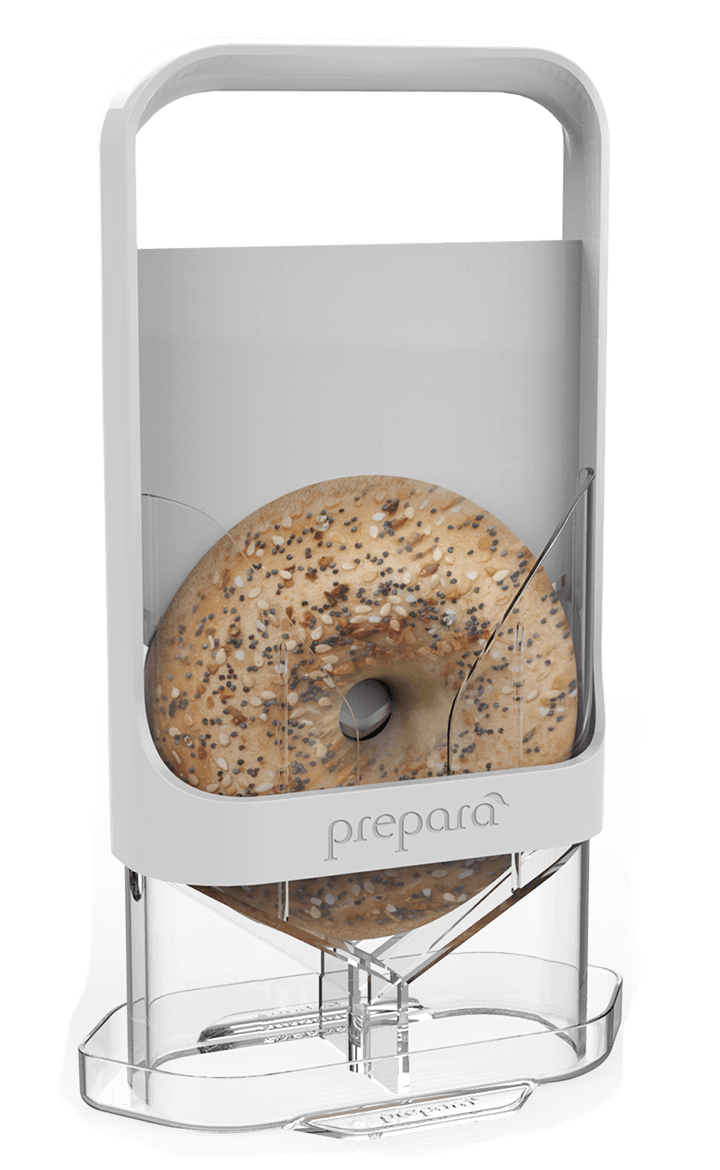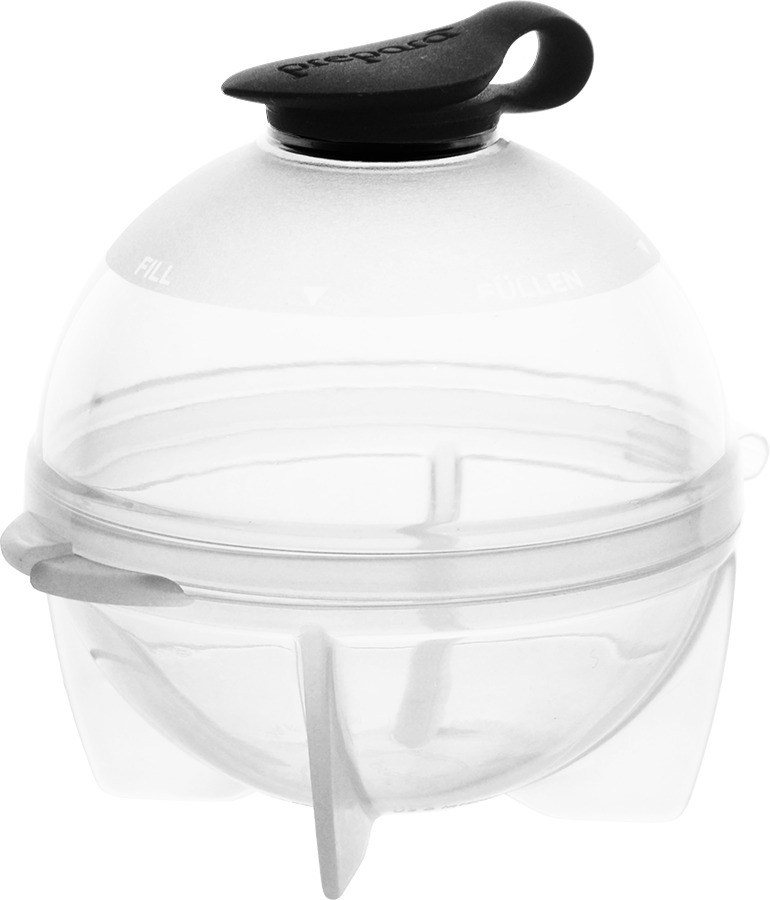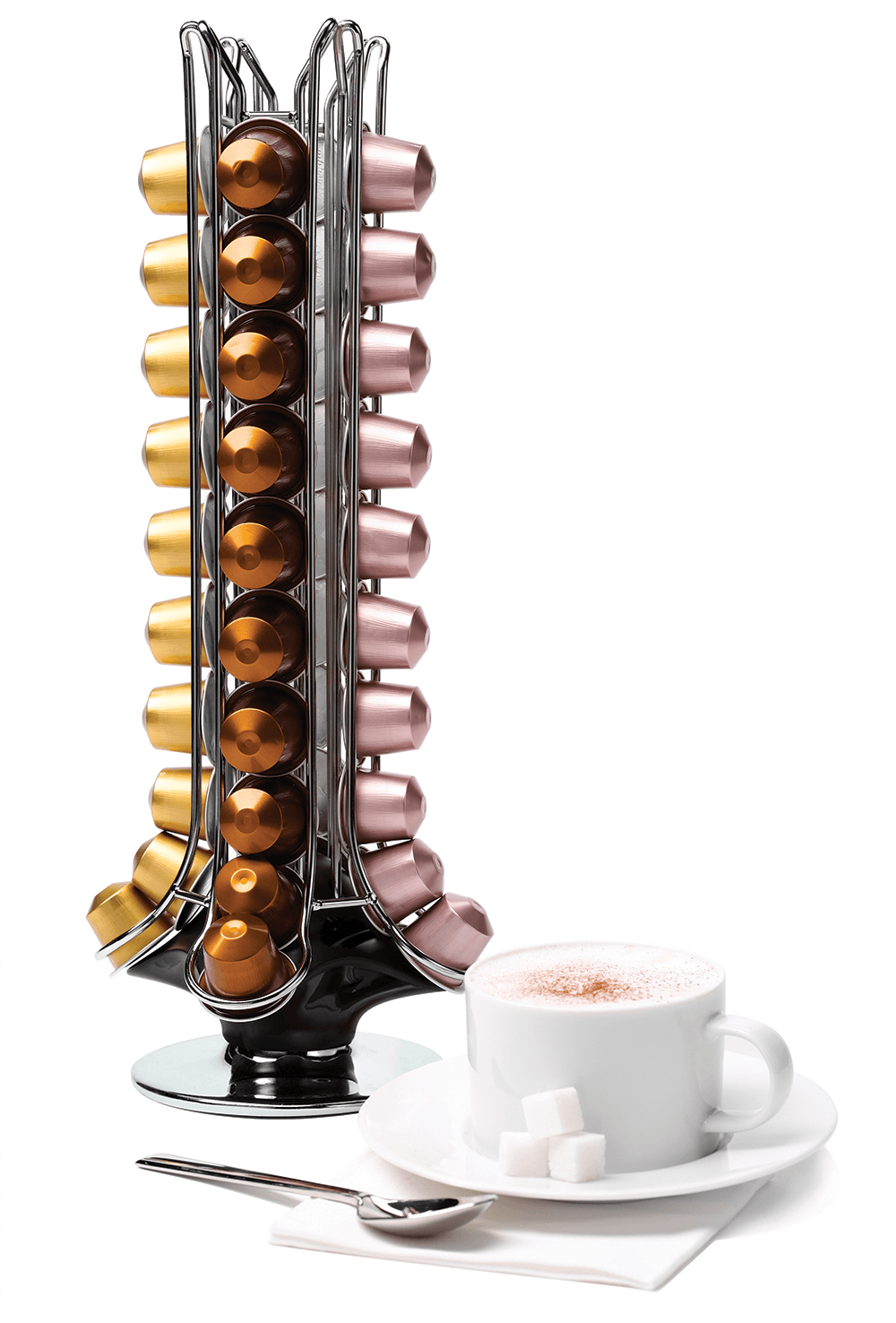Sure, the weather is cold, the leaves have fallen, and the ground is frozen. But you don't have to sacrifice your eating habits to canned vegetables and under-ripe fruits. Getting fresh, healthy, delectable food is just as possible now as it is the rest of the year. You just have to know what veggies to look for. Here are some tips to get healthy, whole foods back in your diet even when most food isn’t in season.
Brussels Sprouts
Remember being a kid and not wanting to eat your Brussel sprouts? And then you grew up and realized how delicious they are? Not only does the cruciferous veggie contain tremendous amounts of antioxidants that keep you healthy and safeguard DNA from oxidative damage, they are also in season from September to February. And you can keep them refrigerated for several weeks. This is the perfect side dish to any hearty winter meal and will still give you plenty of nutrients and vitamins.
Easy Recipe: Roast for 15 minutes with olive oil, salt, pepper, garlic, and lemon juice.
Onions
A kitchen staple for flavoring, yellow onions are in season all year. No refrigeration necessary, they will stay fresh for months. You may not realize it, but onions can help lower LDL cholesterol (the bad kind) and raise HDL cholesterol (the good kind). The low-calorie veggie is also loaded with fiber and vitamin C.
Easy Recipe: Caramelize! Heat oil on low, add onions and salt. Cook for about 15-20 minutes, stirring frequently. Add to your breakfast burrito or other veggies for extra flavor.
Turnips
They aren’t red onions or potatoes and don’t ignore them in the veggie aisle. Turnips are actually cruciferous vegetables like cauliflower, broccoli, and cabbage. They are available year-round and stay well in the fridge for weeks. Packed with vitamins C and K, potassium, fiber, calcium, and folate, turnips are slightly sweet and a great substitute for potatoes.
Easy Recipe: Peel, cut, and boil until tender. Mash as you would potatoes with salt, pepper, and butter and then add your favorite fixings.
Sweet Potatoes
Don't let the word “sweet” deter you. These are chock-full of vitamins A and C, fiber, and beta-carotene. And while they can make you feel full like a regular potato, they are low on the glycemic index. They are available year-round and are best kept outside the fridge, with a staying power of two weeks.
Easy Recipe: Bake and top with butter just like you would a regular baked potato.
Bonus Tip: If you're looking to spice up your recipes even more, try adding just a drop or two of essential oils like cinnamon, ginger, thyme, cardamom, or coriander. Natural oils will still give you the flavor of herbs you miss in the winter months.
Incorporating these veggies into your diet will not only be nutritious, but also delicious!




















